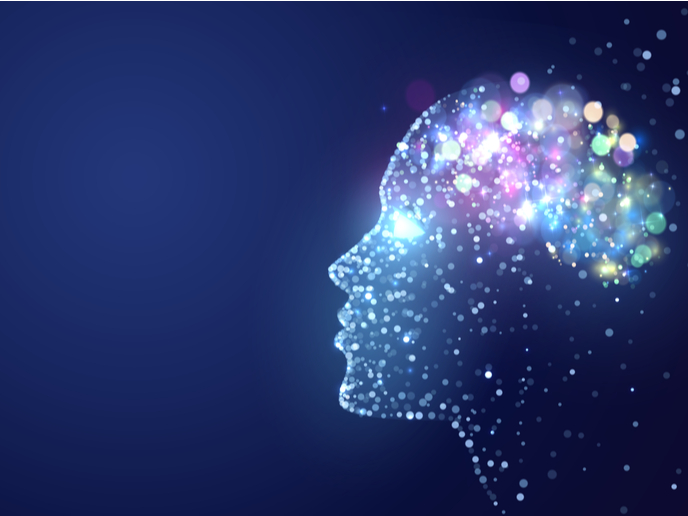A real dance revolution
Although some of us may dance with two left feet while others move like Mick Jagger, humans have a remarkable ability to perceive and produce musical rhythm – a characteristic that is common across all societies. But what allows us to feel ‘the rhythm of the night’ and ‘dance to the beat’? The EU-funded Rhythm and Brains project aimed to find out. The project, which received support from the European Research Council(opens in new window), looked to uncover the brain processes that allow humans to perceive and move to the beat of music. “We wanted to know why humans have a seemingly inherent ability to feel the beat and can coordinate our body movement in time,” says Sylvie Nozaradan, professor at the Catholic University of Louvain(opens in new window) (UCLouvain), head of the Rhythm and Brains Lab(opens in new window), and the project’s principal investigator.
An interdisciplinary approach and a focus on dance
With a specific focus on music and dance, the project studied how the brain categorises rhythm and how these internal representations of rhythm are shared within a social group to create coordinated behaviours. Researchers also looked at how our body movement helps us learn and consolidate these internal representations of rhythm. To address these questions, the project used an interdisciplinary approach that integrates methods and perspectives from psychology, neuroscience, music and engineering. “Together, our interdisciplinary team developed a novel approach to measure and compare the strength of representation of beat structures across such signals as sensory inputs, brain activity and movement,” explains Nozaradan.
Recording brain activity elicited by rhythmic beats
The project had participants listen to different rhythms, during which time researchers used electroencephalography to record brain activity elicited by the rhythmic inputs. What they discovered was that our remarkable ability to perceive the beat in music is supported by a sharpened representation of the beat temporal structure in brain activity. “Most importantly, this representation is not a faithful copy-paste of the physical properties of the rhythmic inputs but rather shows transformations of this input – a phenomenon that we can hardly explain by our trial tracking of the prominent features of the stimuli,” notes Nozaradan. Researchers also showed that the neural transformations that support beat processing are not necessarily present across all the senses. For example, they were not seen in brain activity when the rhythm was conveyed through touch instead of sound. “Interestingly, these neural transformations seem to already be present in the brain activity of infants shortly after birth and are shaped by both short-term learning and long-term cultural experiences,” adds Nozaradan.
Advancing neuroscience
The project’s research is unique in that it addresses fundamental questions about brain processes and, in doing so, helps advance the field of neuroscience. “Rhythm bears the fundamental property of enabling interpersonal coordination not just in music and dance, but across a range of behaviours that drive social cohesion,” concludes Nozaradan. “Our work represents an important milestone in our understanding of how the brain categorises rhythm and the factors that impact how humans produce music.” Nozaradan notes that the project’s methods and results can also be used to study the brain’s sensorimotor functions in populations where explicit behavioural outcomes are limited, such as in children or patients with sensorimotor impairments.







